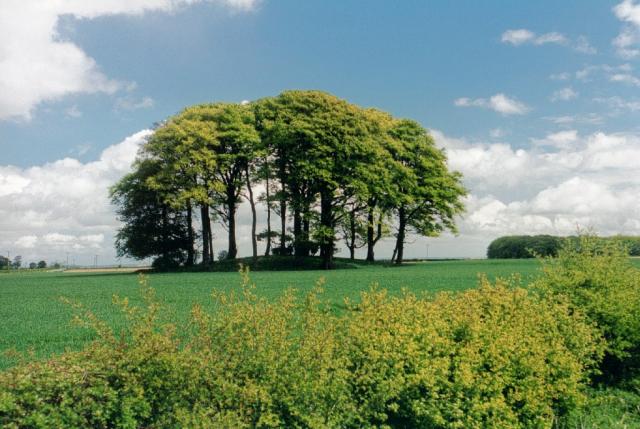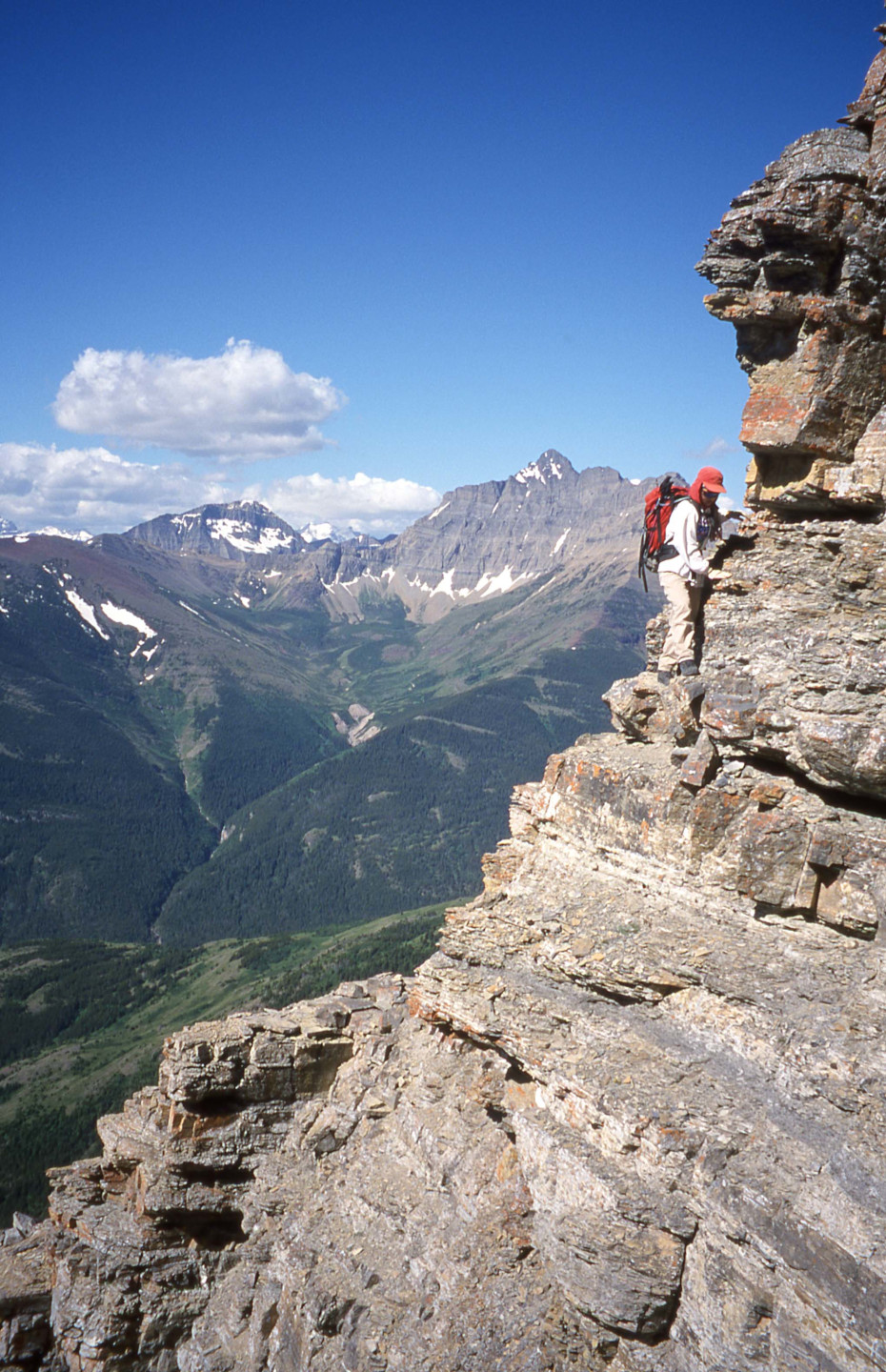|
The Saddle
The Saddle () is one of the great Scottish mountains; seen from the site of the Battle of Glen Shiel it forms (with Faochag) one of the best-known views in the Highlands. It is in the Highland local government area, on the boundary between the counties of Inverness-shire and Ross and Cromarty. The mountain provides exciting and challenging climbing. The traverse of the Forcan Ridge – in winter or summer – is one of the classic Scottish mountain expeditions. The mountain's name refers to the shape of the summit ridge when seen from Glen Shiel with the twin summits and ridge in between resembling a saddle. The mountain was originally known by its Gaelic name of ''An Dìollaid'' but this has now been lost through common usage of its English translation and it is now one of the few Highland mountains which is commonly called by an English-language name. [...More Info...] [...Related Items...] OR: [Wikipedia] [Google] [Baidu] |
Aonach Air Chrith
Aonach air Chrith (1,020 m) is a mountain in the Northwest Highlands, Scotland. It is located on the southern side of Glen Shiel in Kintail. The mountain is the highest peak on a long ridge of seven Munros, which is known to climbers as the South Glen Shiel Ridge Walk. References Mountains and hills of the Northwest Highlands Marilyns of Scotland Munros One-thousanders of Scotland {{Scotland-geo-stub ... [...More Info...] [...Related Items...] OR: [Wikipedia] [Google] [Baidu] |
A87 Road
The A87 is a major road in the Highland region of Scotland. It runs west from its junction with the A82 road at Invergarry (), along the north shores of Loch Garry and Loch Cluanie, then down through Glen Shiel and along Loch Duich to Kyle of Lochalsh before crossing the Skye Bridge to Kyleakin, Broadford, and Portree, before terminating at Uig in the north of the Isle of Skye. Its total length is ; it is a primary route for all of its length. Settlement and junctions of the A87 ''Northwest – Southeast'' * Uig – junction with the A855 road * Earlish * Romesdal * Eyre * Kensaleyre * Borve – junction with the A850 road *Portree – second junction with the A855 road * Glenvarragill *Sligachan – junction with the A863 road *Sconser * Luib * Dunan * Broadford * Harrapool *junction with the A851 road * Skulamas * Upper Breakish *Skye Bridge *Kyle of Lochalsh * Balmacara * Kirkton * Auchtertyre– junction with the A890 road * Nostie * Ardelve * ... [...More Info...] [...Related Items...] OR: [Wikipedia] [Google] [Baidu] |
Mountains And Hills Of The Northwest Highlands
A mountain is an elevated portion of the Earth's crust, generally with steep sides that show significant exposed bedrock. Although definitions vary, a mountain may differ from a plateau in having a limited summit area, and is usually higher than a hill, typically rising at least above the surrounding land. A few mountains are isolated summits, but most occur in mountain ranges. Mountains are formed through tectonic forces, erosion, or volcanism, which act on time scales of up to tens of millions of years. Once mountain building ceases, mountains are slowly leveled through the action of weathering, through slumping and other forms of mass wasting, as well as through erosion by rivers and glaciers. High elevations on mountains produce colder climates than at sea level at similar latitude. These colder climates strongly affect the ecosystems of mountains: different elevations have different plants and animals. Because of the less hospitable terrain and climate, mountains t ... [...More Info...] [...Related Items...] OR: [Wikipedia] [Google] [Baidu] |
Marilyns Of Scotland
This is a list of Marilyn hills and mountains in the United Kingdom, Ireland and surrounding islands and sea stacks. Marilyns are defined as peaks with a prominence of or more, regardless of height or any other merit (e.g. topographic isolation, as used in Munros). Thus, Marilyns can be mountains, with a height above , or relatively small hills. there were 2,010 recorded Marilyns. Definition The Marilyn classification was created by Alan Dawson in his 1992 book ''The Relative Hills of Britain''. The name Marilyn was coined by Dawson as a punning contrast to the ''Munro'' classification of Scottish mountains above , but which has no explicit prominence threshold, being homophonous with (Marilyn) '' Monroe''. The list of Marilyns was extended to Ireland by Clem Clements. Marilyn was the first of several subsequent British Isles classifications that rely solely on prominence, including the P600s, the HuMPs, and the TuMPs. Topographic prominence is more difficult to es ... [...More Info...] [...Related Items...] OR: [Wikipedia] [Google] [Baidu] |
Munros
A Munro (; ) is defined as a mountain in Scotland with a height over , and which is on the Scottish Mountaineering Club (SMC) official list of Munros; there is no explicit topographical prominence requirement. The best known Munro is Ben Nevis (Beinn Nibheis), the highest mountain in the British Isles at 4,411 ft (1,345 m). Munros are named after Sir Hugh Munro, 4th Baronet (1856–1919), who produced the first list of such hills, known as ''Munro's Tables'', in 1891. Also included were what Munro considered lesser peaks, now known as Munro Tops, which are also over 3,000 feet but are lower than the nearby primary mountain. The publication of the original list is usually considered to be the Epoch (reference date), epoch event of modern peak bagging. The list has been the subject of subsequent variation and , the Scottish Mountaineering Club has listed 282 Munros and 226 Munro Tops. "Munro bagging" is the activity of climbing all the listed Munros. , 7,654 people had rep ... [...More Info...] [...Related Items...] OR: [Wikipedia] [Google] [Baidu] |
Dry-stone Wall
Dry stone, sometimes called drystack or, in Scotland, drystane, is a building method by which structures are constructed from Rock (geology), stones without any Mortar (masonry), mortar to bind them together. A certain amount of binding is obtained through the use of carefully selected interlocking stones. Dry stone construction is best known in the context of stone walls, traditionally used for the boundaries of fields and churchyards, or as retaining walls for terracing, but dry stone shelters, houses and other structures also exist. The term tends not to be used for the many historic styles which used precisely-shaped stone, but did not use mortar, for example the Greek temple and Inca architecture. The art of dry stone walling was inscribed in 2018 on the UNESCO representative UNESCO Intangible Cultural Heritage Lists, list of the intangible cultural heritage of humanity, for dry stone walls in countries such as France, Greece, Italy, Slovenia, Croatia, Switzerland and Sp ... [...More Info...] [...Related Items...] OR: [Wikipedia] [Google] [Baidu] |
Sgùrr Na Sgine
is a mountain in the Northwest Highlands of Scotland. Its height is , making it a Munro. It lies eight kilometres south of Shiel Bridge in the Glenshiel Forest, between Glen Shiel and Loch Hourn. Overview Sgùrr na Sgine is a Munro and Marilyn with a height of 946 metres (3104 feet). Though a fine mountain in its own right, it is overshadowed by its near neighbour The Saddle, regarded as one of the finest mountains in Scotland. Sgùrr na Sgine is not well seen from the A87 road to the north east. The best view from valley level is from the remote country to the south west. It looks particularly fine from the top of the Mam Barrisdale pass from where it takes on a more dramatic appearance than The Saddle.Hamish Brown, ''Hamish's Mountain Walk'' p.214. Details of view from Mam Barrisdale. The mountain's name translates from the Gaelic as "Peak of the Knife". This is thought to refer to a wall of rock beneath the summit on its eastern flank which takes on a blade like a ... [...More Info...] [...Related Items...] OR: [Wikipedia] [Google] [Baidu] |
Trig Point
A triangulation station, also known as a trigonometrical point, and sometimes informally as a trig, is a fixed surveying station, used in geodetic surveying and other surveying projects in its vicinity. The station is usually set up by a mapping organisation with known coordinates and elevation published. Numerous stations are installed on summits for purposes of visibility and prominence. A graven metal plate on the top of a pillar may provide a mounting point for a theodolite or reflector, often using some form of kinematic coupling to ensure reproducible positioning. Use Trigonometrical stations form networks of triangulation. Positions of land boundaries, roads, railways, bridges and other infrastructure can be accurately located by the network, a task essential to the construction of modern infrastructure. Apart from the known stations set up by government, some temporary trigonometrical stations are set up near construction sites for monitoring the precision and progr ... [...More Info...] [...Related Items...] OR: [Wikipedia] [Google] [Baidu] |
Scrambling
Scrambling is a mountaineering term for ascending steep terrain using one's hands to assist in holds and balance.''New Oxford American Dictionary''. It can be described as being between hiking and climbing, rock climbing. "A scramble" is a related term, denoting terrain that could be ascended in this way. Sure-footedness and a head for heights are essential. Canyoning and stream climbing both involve scrambling. Overview Scrambling is ascending or traversing a grade without technical apparatus. Unroped ascent in exposure (heights), exposed situations is potentially one of the most dangerous of mountaineering activities. As soon as an ascent involves a rope, going up or down, it is no longer a scramble. Alpine scrambling Alpine scrambling is scrambling in high mountains and may not follow a defined or waymarked path. The Seattle Mountaineers climbing organization defines alpine scrambling as follows: Alpine Scrambles are off-trail trips, often on snow or rock, with a 'non-t ... [...More Info...] [...Related Items...] OR: [Wikipedia] [Google] [Baidu] |
Head For Heights
To have a head for heights means that one has no acrophobia (irrational fear of heights), and is also not particularly prone to fear of falling or suffering from vertigo (the spinning sensation that can be triggered, for example, by looking down from a high place). A head for heights is frequently cited as a requirement when mountain hiking or climbing for a particular route, as well as when paragliding and hang-gliding. It is needed for certain jobs, such as for wind turbine technicians, chimney sweeps, roofers, steeplejacks and window cleaners. Mohawk people, Mohawk ironworkers have worked for generations erecting New York City skyscrapers, but the idea that all Mohawk people have an innate skill for doing so is a myth. Unlike acrophobia, a natural fear of falling is normal. When one finds oneself in an Exposure (heights), exposed place at a great height, one normally feels one’s own posture as unstable. A normal fear of falling can generate feelings of anxiety, as well as au ... [...More Info...] [...Related Items...] OR: [Wikipedia] [Google] [Baidu] |
Rock-climbing
Rock climbing is a climbing sports discipline that involves ascending routes consisting of natural rock in an outdoor environment, or on artificial resin climbing walls in a mostly indoor environment. Routes are documented in guidebooks, and on online databases, detailing how to climb the route (called the beta), and who made the first ascent (or FA) and the coveted first free ascent (or FFA). Climbers will try to ascend a route onsight, however, a climber can spend years projecting a route before they make a redpoint ascent. Routes range from a few metres to over a in height, and traverses can reach in length. They include slabs, faces, cracks and overhangs/roofs. Popular rock types are granite (e.g. El Capitan), limestone (e.g. Verdon Gorge), and sandstone (e.g. Saxon Switzerland) but 43 types of climbable rock types have been identified. Artificial indoor climbing walls are popular and competition climbing — which takes place on artificial walls — became an ... [...More Info...] [...Related Items...] OR: [Wikipedia] [Google] [Baidu] |








